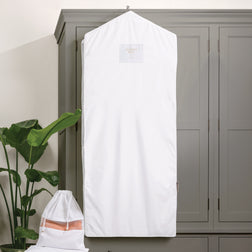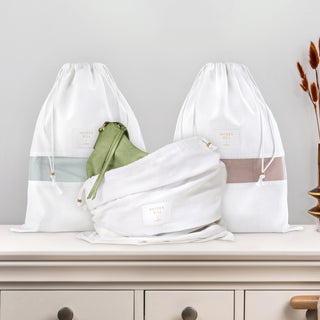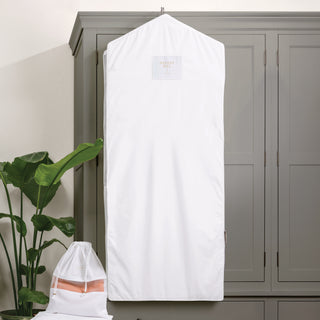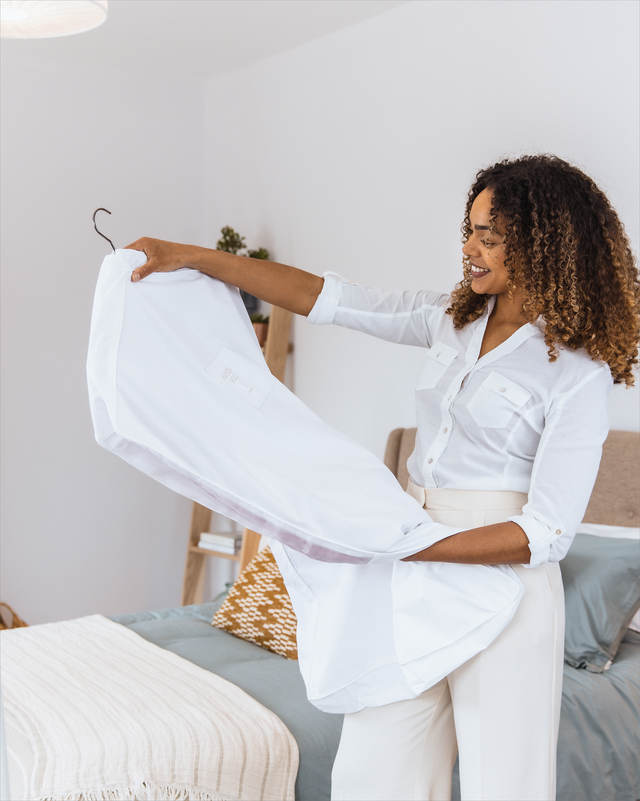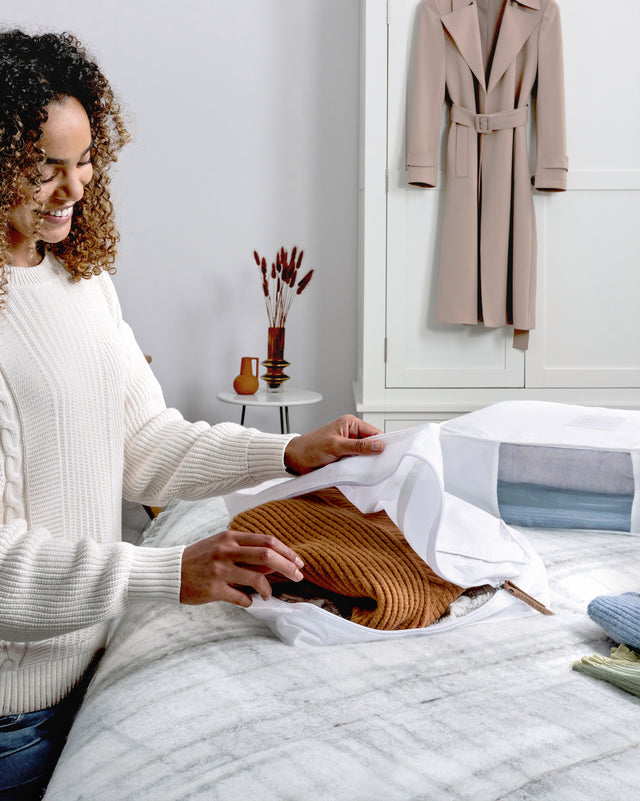Acetate fabric, also known as cellulose acetate, is a type of fabric created by combining natural fibres and synthetic fibres. Although acetate comes from a natural and renewable resource, such as wood pulp, it is considered a semi-synthetic fabric.
You may never have heard the term “acetate fabric,” even though it has been in use for quite some time.
Acetate fabric has become an essential fabric in the manufacturing of a variety of goods from apparel to home decor to furniture.
This article will explore how acetate fabric is produced and its advantages and disadvantages so you can decide whether this material is a good fit for your needs.
What is Acetate Fabric?
Acetate fabric, also known as cellulose acetate, is a type of fabric created by combining natural fibres and synthetic fibres. Although acetate comes from a natural and renewable resource, such as wood pulp, it is considered a semi-synthetic fabric.
The component acetate was first utilised in France, but it was converted to fibre in the United Kingdom. The United States recognised the possibilities of acetate fibres in the early twentieth century and started producing acetate fabric.
Cellulose acetate comes from wood pulp and is transformed into acetate fabric through a complex process. First, wood pulp is processed into cellulose fibres and then combined with acetic acid. The cellulose fibres and acetic acid create acetate flakes, which are spun into fibres. Acetate fibres are woven into what is known as acetate fabric, which is considered a type of rayon.
Acetate fabric, which has a rich feel, is frequently utilised as a lower-cost alternative to silk. Examples of clothing that include acetate are wedding dresses, graduation wear, some types of evening attire, and women’s underwear.
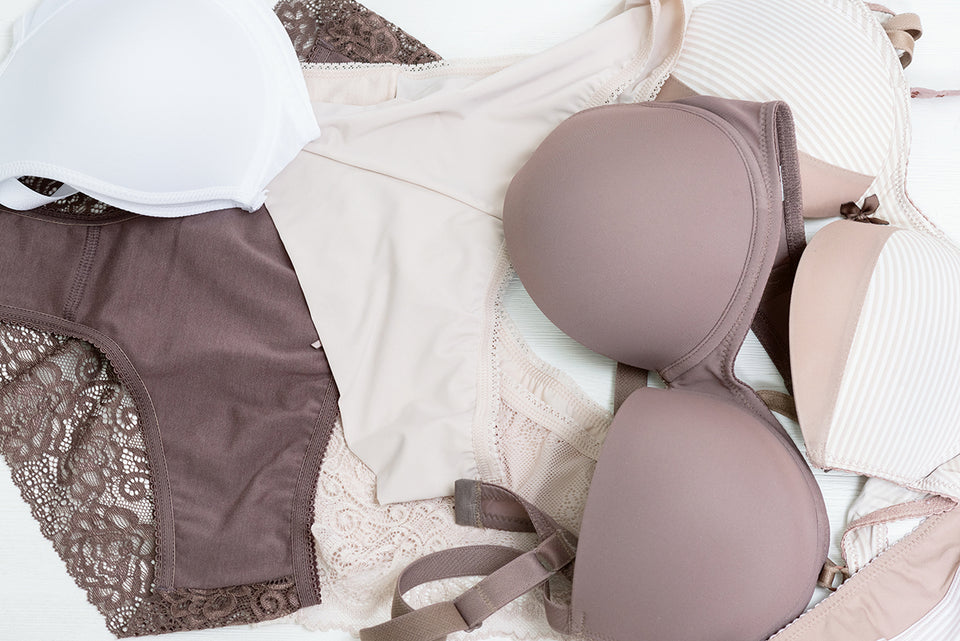
What is Acetate Fabric used for?
Acetate fabric has various applications. Since it has silk-like characteristics, it is often used as a fibre to create bridal or graduation dresses, curtains, lining, or furniture. Essentially, acetate fabric is well-suited for strong and sophisticated products that don't need to be washed frequently.
Acetate can also be used to produce jewellery, glasses, and sunglasses because it is thermoplastic - it softens when heated and hardens when cold. Acetate has gained interest in recent years as a more eco-friendly alternative to plastic in the production of eyeglasses.
This material is also employed in cigarette filters to help clear away nicotine and tar from cigarettes.
Properties of Acetate Fabric
Acetate fabric is made rather than derived naturally, so it was created and tailored to the needs of the textile industry. You may be surprised by its unusual and one-of-a-kind qualities.
Luxury Appearance
Its smoothness strongly resembles silk, particularly when gliding your hand across this delicate fabric. The sensation you will feel is a mild and soothing brush on your skin.
Furthermore, given its silk-like texture, acetate fabric can add refinement to your outfits, making you feel more confident about your appearance. Also, this fabric has a comfortable feel even after a long day.
Wide Range of Colours
Since acetate fabric is partially synthetic, dyeing it is challenging. To achieve a long-lasting colour, companies add colours throughout the manufacturing process and a special finish during the yarn's transformation into a textile.
Because of this process, acetate is available in a range of colours, which makes it perfect for coordinating with different clothes.
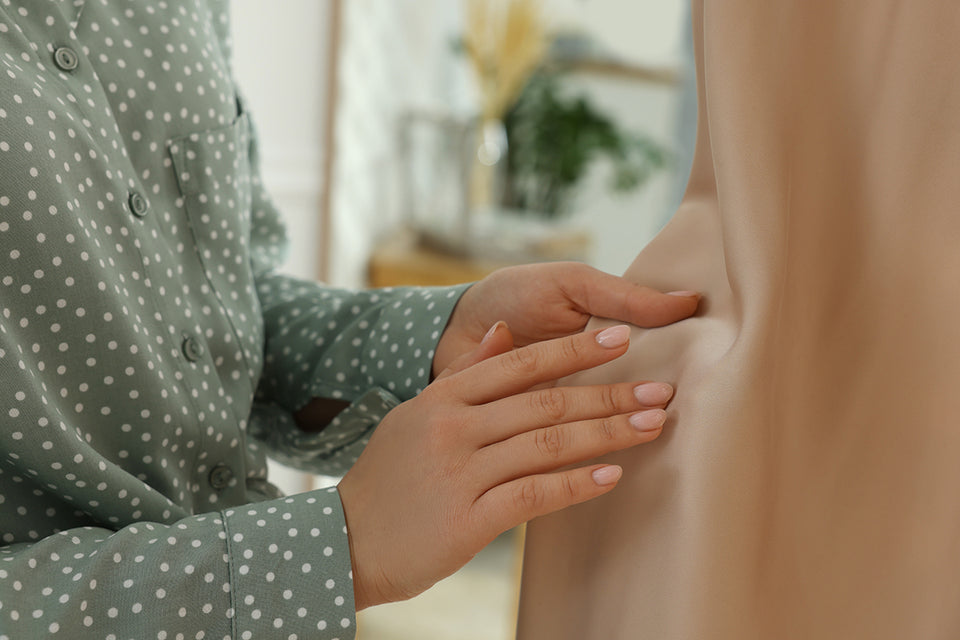
Drape Ability
The stiffness of the fibre and yarn, the yarn size, the thread count, and the method of manufacturing all contribute to acetate’s ability to drape well. This characteristic of acetate fabric allows you to create beautiful creases and folds in your clothing, which will result in a sophisticated appearance.
Advantages and Disadvantages of Acetate Fabric
The properties of acetate enable the creation of elegant, soft fabrics. Acetate fabric is suitable for the mass production of many items. However, acetate, much like everything else in the world, has advantages and disadvantages.
Advantages of Acetate Fabric
Acetate fabric has a variety of advantages that make it well-suited for many products.
Cost Effectiveness
The biggest advantage of the acetate fabric is its cost-effectiveness. The abundance of cellulose makes this fabric inexpensive to make. And, low production costs result in lower retail prices, making this fabric affordable for all.
Fabric Use
Acetate is a delicate fabric that is regarded as the silk of synthetic fabrics. It can be used in place of wool and is frequently blended with wool to lessen shrinking. As an added bonus, it also reduces wrinkling in fabrics.
Biodegradability
Acetate fabric is biodegradable, which is a big environmental plus. Although acetate does not disintegrate swiftly in sunlight, the addition of titanium dioxide—a chemical additive used to whiten items– substantially speeds up the process.
So, while some studies state that acetate does not decompose quickly enough to be dubbed "biodegradable," it is significantly preferable to the thousands of years it requires for plastics to degrade.
General Advantages

In addition to these benefits, acetate fabric also dries rapidly, does not shrink or pile, and is resilient to moth and mildew damage.
Disadvantages of Acetate Fabric
Though acetate fabric has several advantages, it does have a few disadvantages.
Heat Sensitivity
Acetate fabric burns easily and can be damaged by high temperatures. So, you should only iron acetate material when damp, through a cloth, and on a low-temperature setting.
Substance Sensitivity
Acetate fabric is also easily damaged. Special care should be taken to avoid applying perfume, nail polish remover, and other substances while wearing acetate clothing so you don’t harm the delicate fabric.
Prone to Wrinkle
Acetate fabric also wrinkles easily and those wrinkles are difficult to remove.
Decreased Durability
Acetate also doesn’t fare well when it rubs against other materials. Because of this trait, acetate fabrics have poor durability, wear faster, and do not last as long as other fabrics.
Maintenance Required
Acetate fabrics also require more care and maintenance than natural fabrics. Acetate loses strength in water, so it must be dry cleaned rather than washed at home.
FAQs
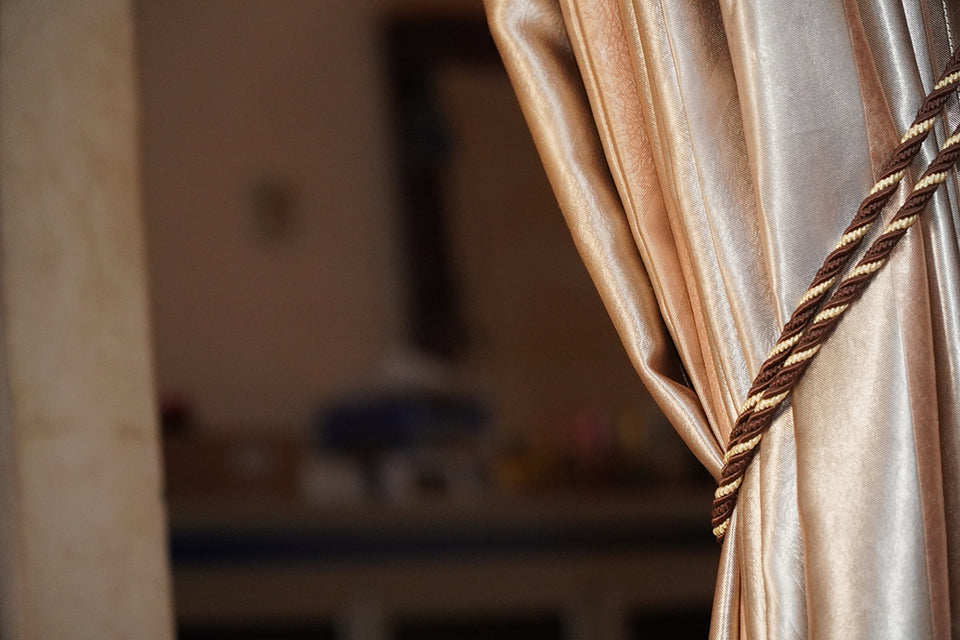
What is fabric acetate?
Fabric made of acetate is semi-synthetic, despite its natural origin. Acetate fabric is created from wood pulp cellulose that has been treated with multiple acids. Acetic acid, acetic anhydride, and sulfuric acid are examples of acids used in the treatment of acetate fabrics. This fabric is similar to viscose in that they both have a natural and synthetic base. Acetate, like viscose, is a member of the rayon family, as are modal and lyocell.
Is acetate a good fabric?
Acetate clothing will leave you feeling sophisticated and elegant. A garment made of acetate will elevate an evening look for a romantic dinner while being very comfortable to wear. Acetate fabric has also proven its worth in the furniture industry, as it is often used by different furniture designers. However, acetate also has several disadvantages that make it a delicate fabric that requires extra care.
How does acetate fabric feel?
Acetate fabric is a lightweight material with a gentle, luxurious feel. It has a silk-like quality, so it feels soft against the skin and offers extreme comfort. It is a delicate material, and if you enjoy wearing silk, there is a good chance you would enjoy wearing acetate attire as well.
Is acetate the same as polyester?
Both fabrics are constructed from man-made fibres, however, polyester fibre is synthetic while acetate fibre is regenerated or semi-synthetic. Acetate was developed in 1927 and was one of the first semi-synthetic fibres. Polyester first appeared in the 1950s. Polyester fabric production is a simpler procedure than acetate fabric production, which involves numerous chemical processes. Polyester is a synthetic material created from polyester filaments. Acetate fibres are regenerated fibres made by processing wood pulp or cellulose using acetic acid.
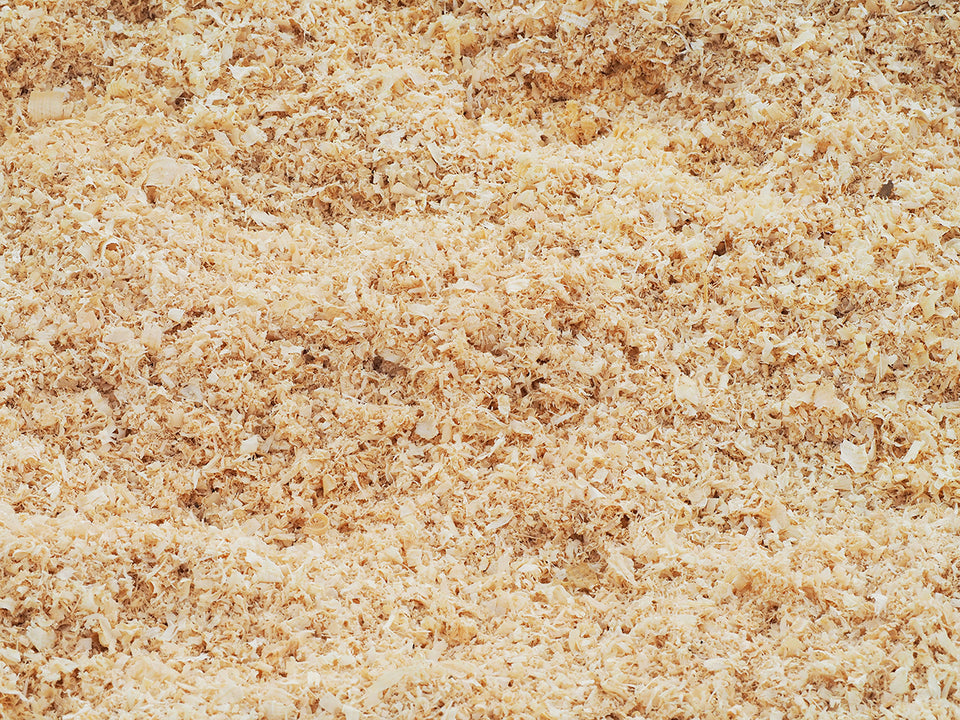
Acetate fabric is a popular choice for clothing and home goods manufacturers. Because of the minimal cost of producing this luxurious-looking textile, it is a very profitable option.
Acetate also has many distinct applications that make textile manufacturers unlikely to abandon it. Until a substitute with similar affordability is developed, acetate will likely remain one of the most popular material choices for clothing, draperies, and furniture.
This delicate fabric will last longer when stored with care in high-quality garment bags. Hayden Hill bags offer your most treasured items superior protection. Made of breathable cotton, they protect clothing from dust, light, moths, mold, and condensation.

